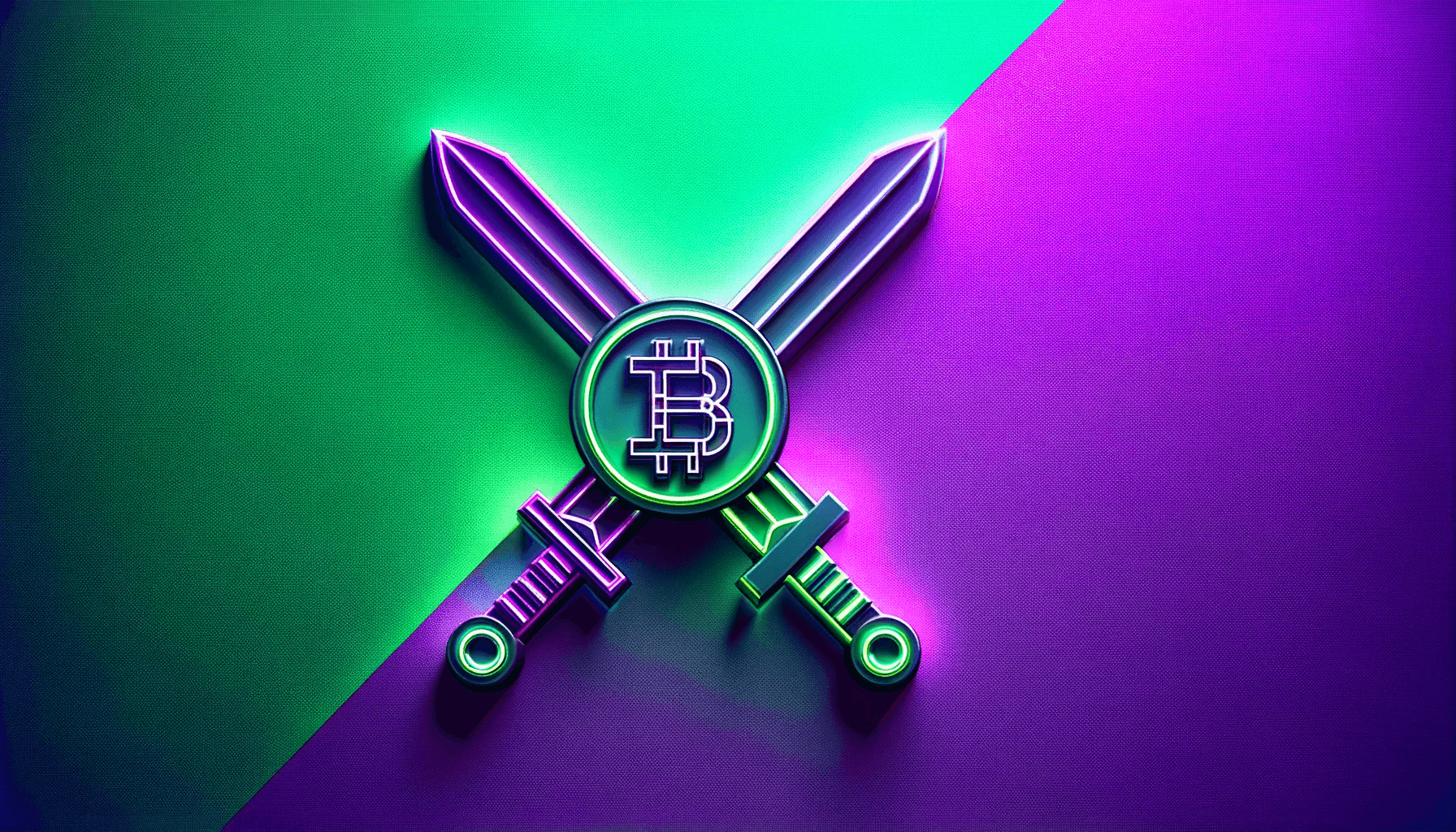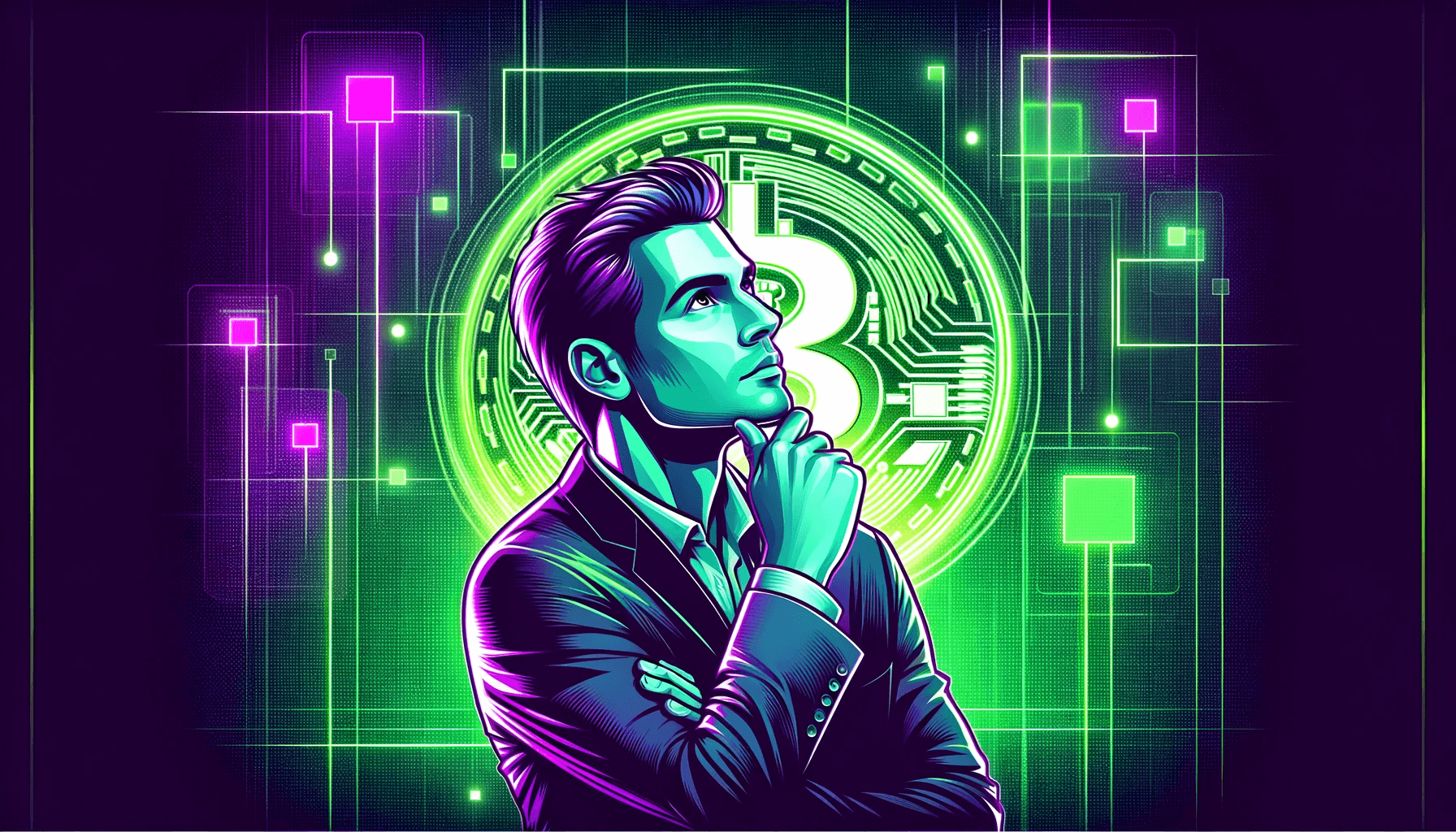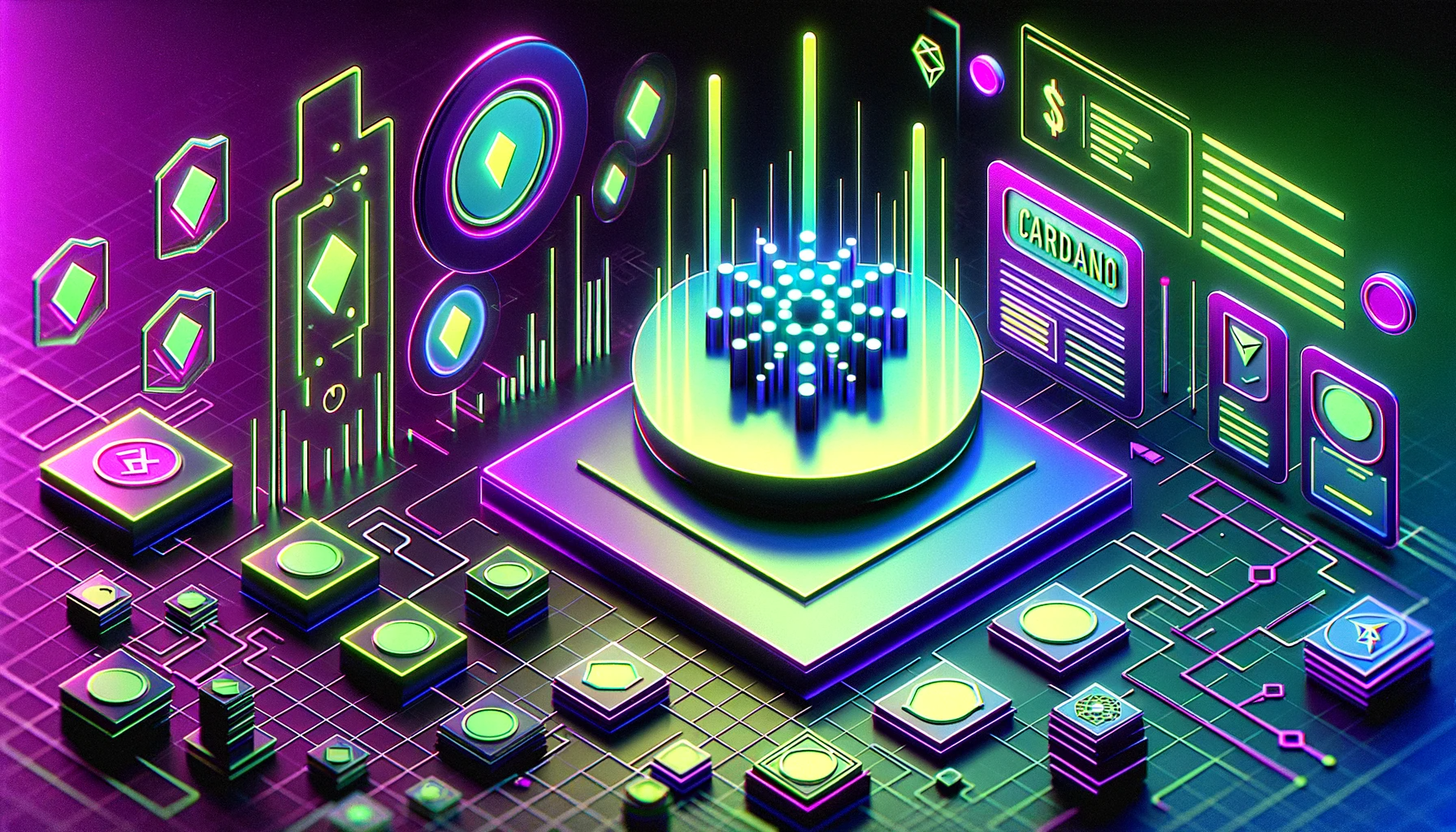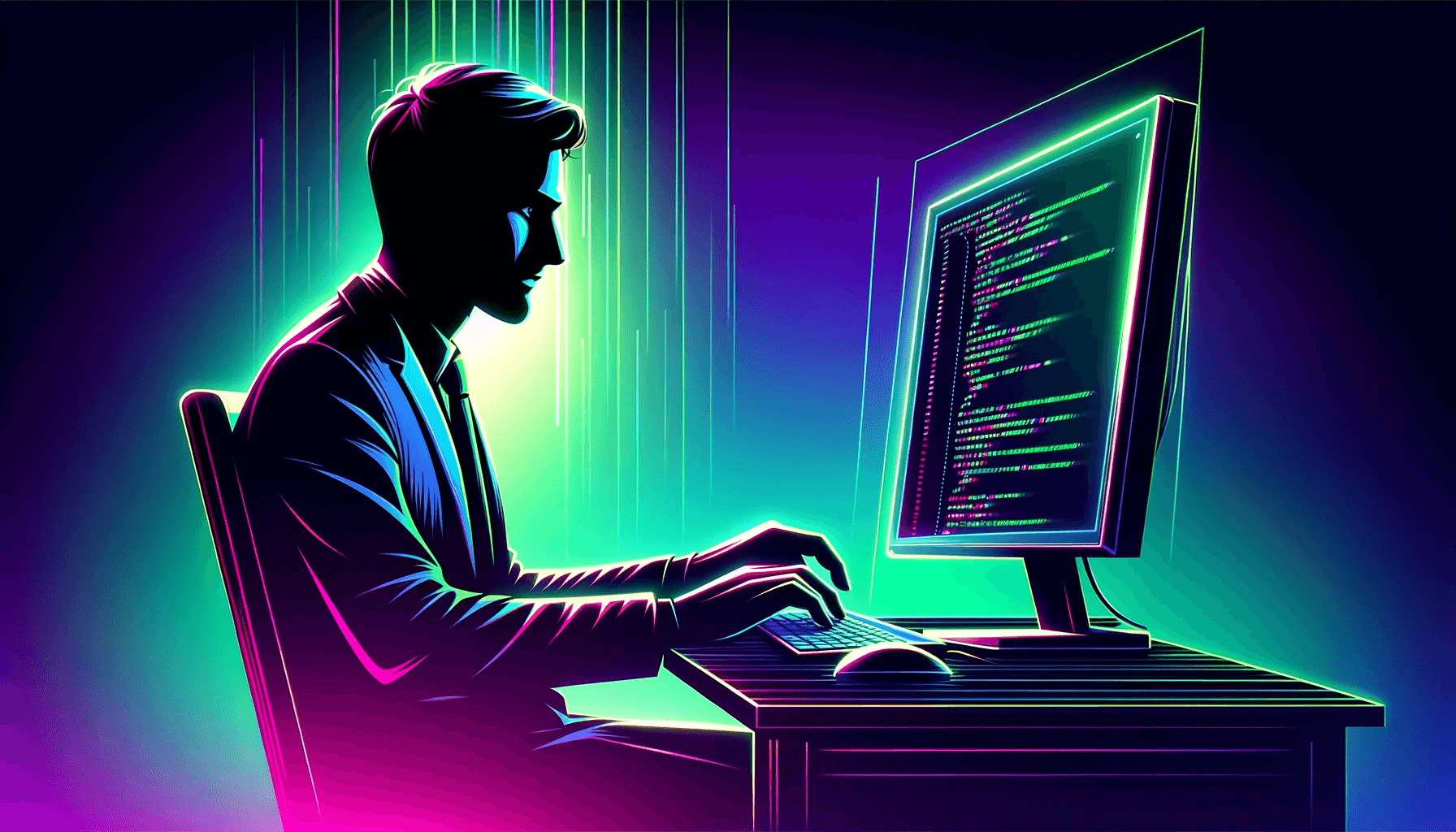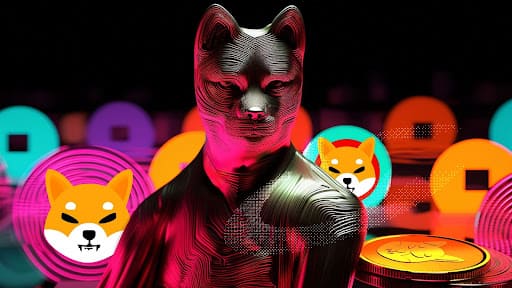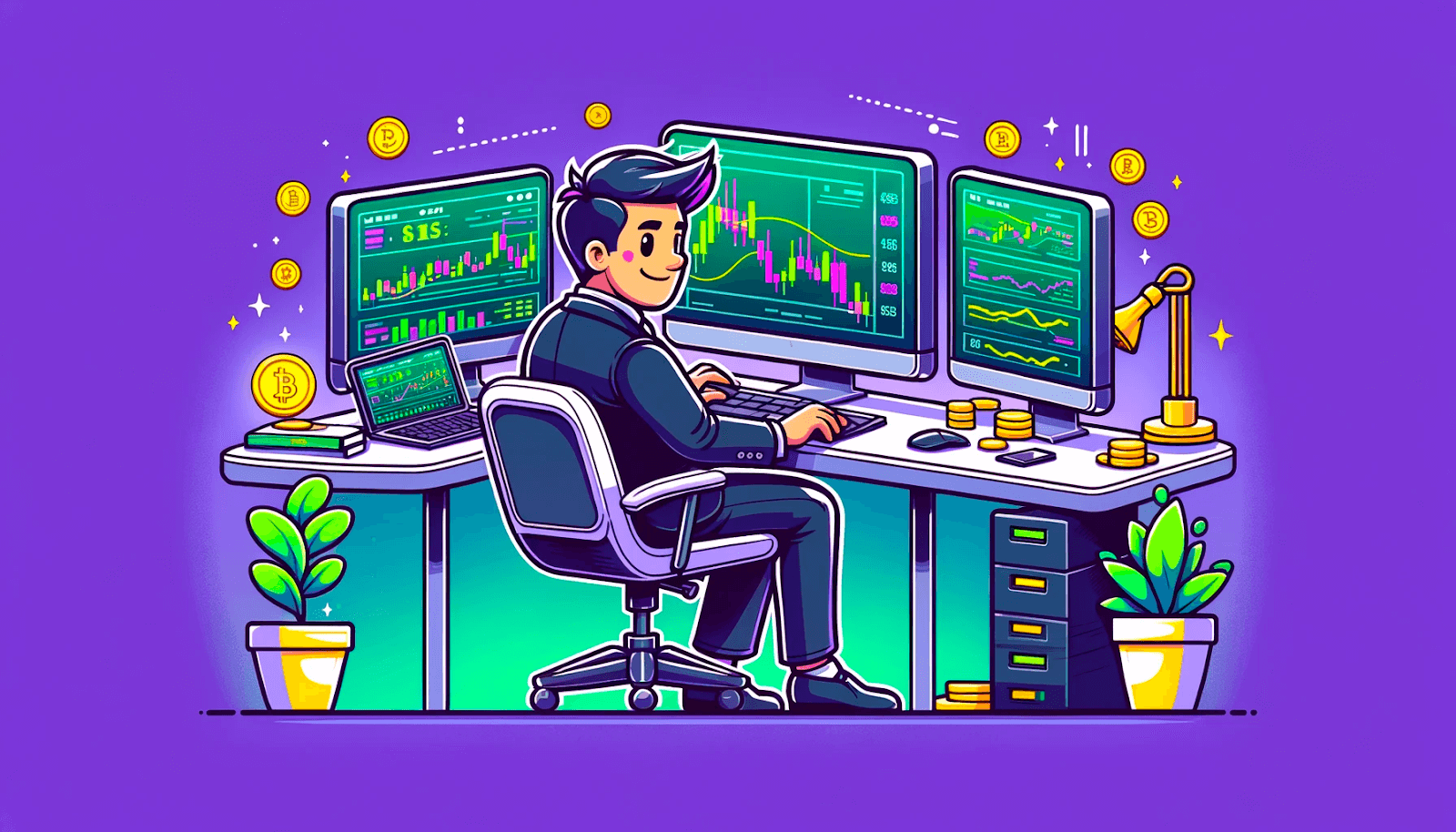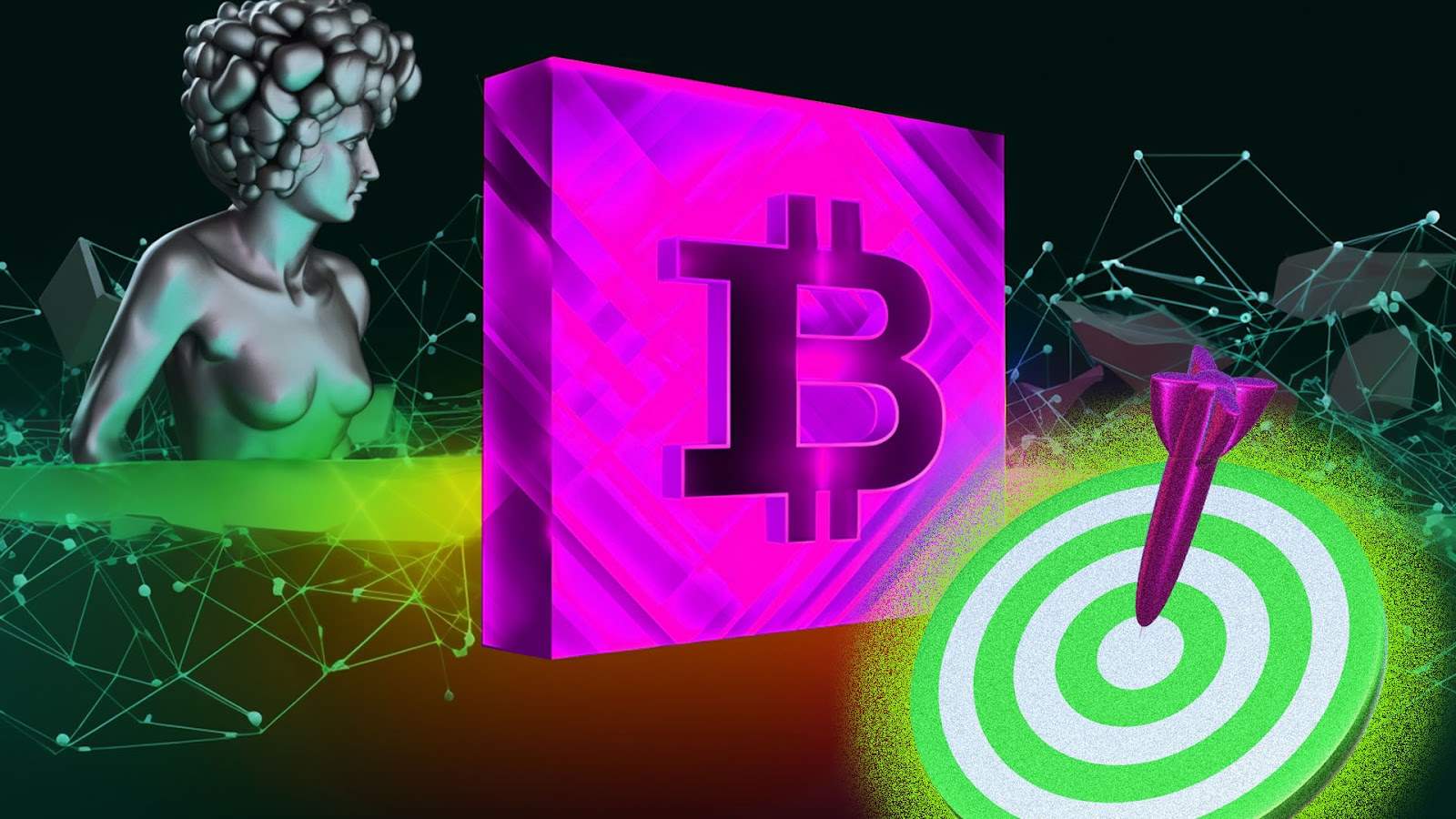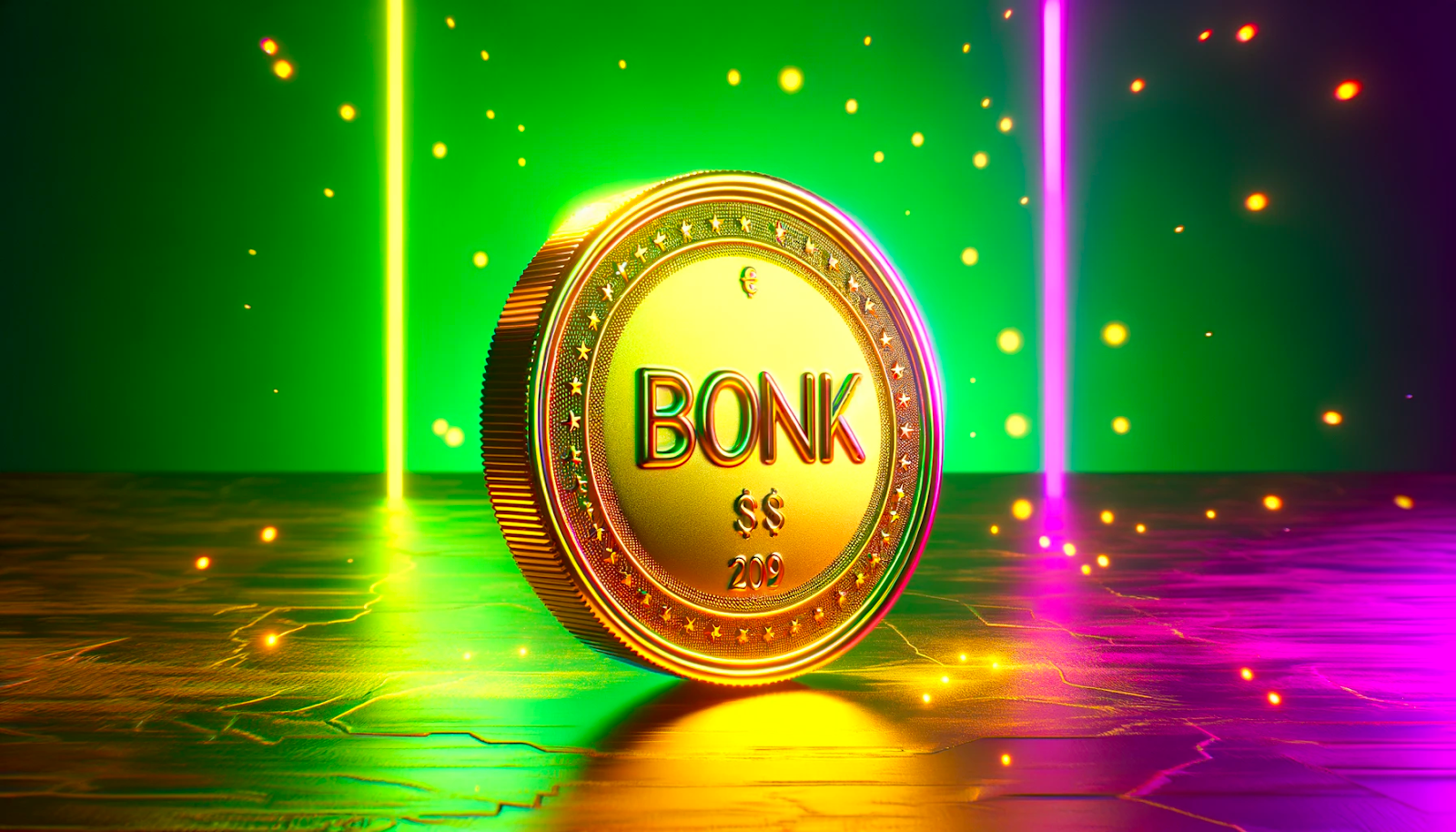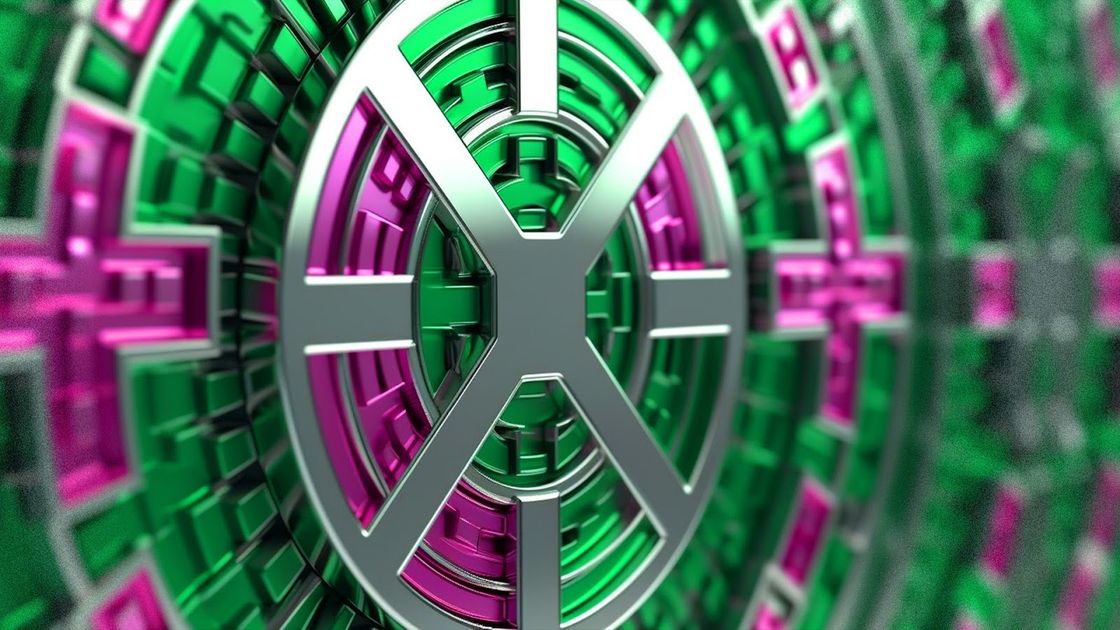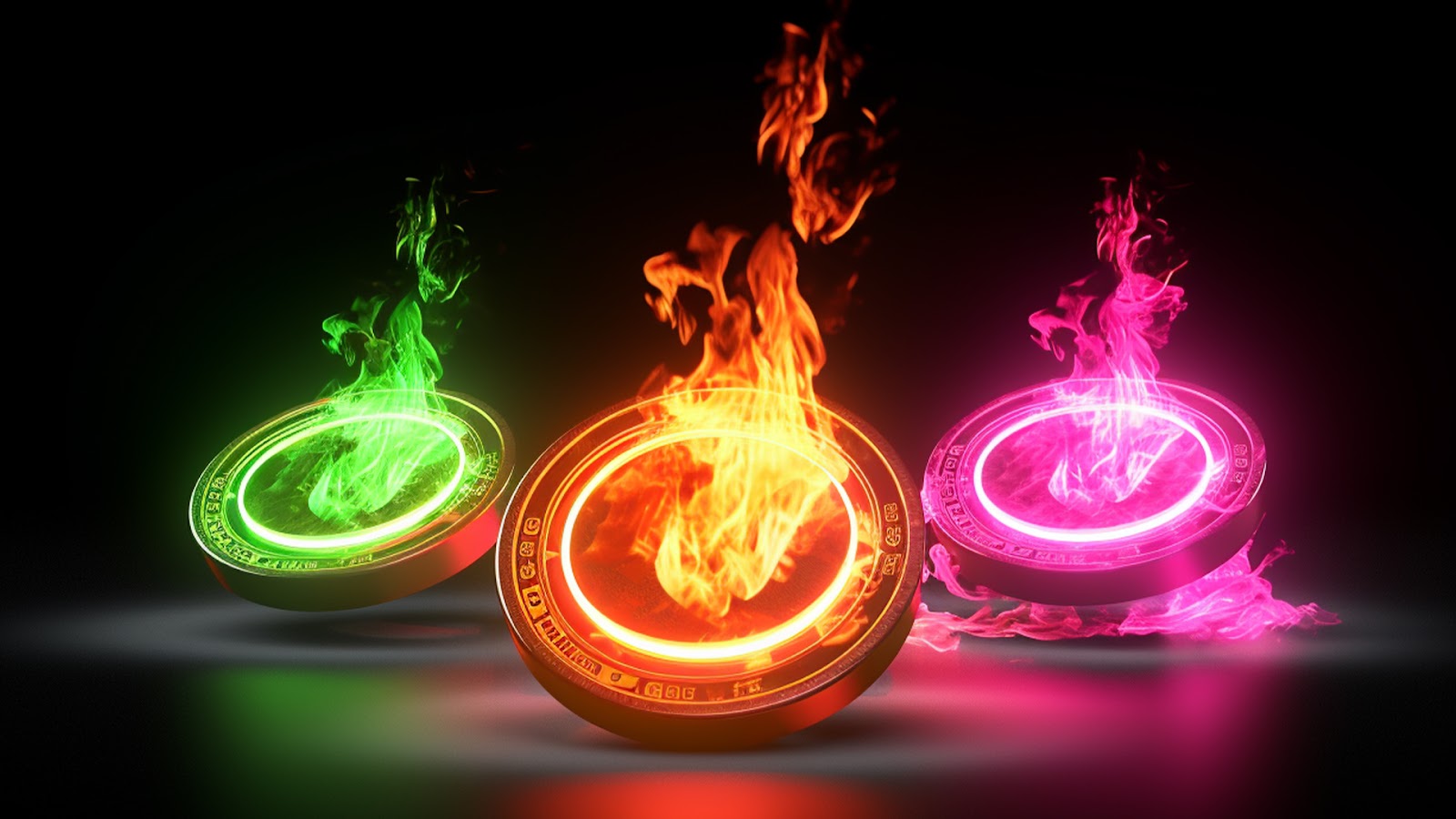
A token burn refers to the deliberate and irreversible act of destroying a certain number of tokens or coins within a project's ecosystem.
The token burn process reduces the total supply of the token, making each remaining amount more scarce.
What is Token Burning
Token burning is the process of sending coins or tokens to a specific burn address, which is just a crypto wallet that nobody can access, rendering those tokens permanently inaccessible, removing them from supply forever.
A token burn is a significant event for a cryptocurrency, as it impacts a token's supply, and by extension its market dynamics.
When a token burn takes place it often involves a public announcement.
The burnt tokens are sent to a crypto wallet that has been created only to retrieve cryptocurrencies.
Once tokens have been sent to the wallet there is no way to get them back, removing them from circulation.
Token burns can come from different methods such as the most straightforward method, where projects send an amount of tokens to the burn address.
Other methods include token burns through the usage of a token, for example when paying a transaction fee or gas fee, a percentage of that is taken through the use of smart contracts and removed from circulation.
Proof of Burn is a method where miners intentionally burn their tokens as a way to show their involvement in the network and be allowed to mine.
Why Token Burns Are Important
One of the main reasons for token burns is to reduce the overall supply of the token.
By doing so this aims to create scarcity, which as a result drives up demand and potentially increases the value of the token.
Token burning helps strengthen community trust within a project, this can be a process voted on by a project's community making it a process everyone agrees upon.
The process of a token burn might have been outlined in a project's whitepaper, following through on these commitments is essential for maintaining trust and transparency within a project's community.
Token burns can be interpreted as good news. A token burn changes the tokenomics of a project, a project will have fewer tokens resulting in a potential price increase of the token, a token burn does not always have this effect.
Token burns are not without controversy.
There is an argument to say that token burns can be used as a marketing gimmick to attract attention without delivering anything of substantial value.
Token burns can harm a token's long-term stability, whilst theoretically, a token burn increases scarcity and demand, however, it may not always have a good outcome.
If a project excessively burns tokens it could lead to higher transaction costs and reduced token availability for network usage.
A notable project that regularly burns tokens is Binance with their BNB token.
Binance with the BNB token has committed to destroying 100 million BNB tokens, amounting to 50% of the circulating supply, through quarterly token burns.
You can view real-time token burn data for BNB here.
Final Thoughts
Token burns have great importance for projects that decide it is best to do.
Once tokens are sent to a burn address they are forever removed from circulation.
The sustainability of token burns is a subject of ongoing discussion, conducting too many token burns can have a negative impact on the blockchain.
FAQ
Why do cryptocurrency projects conduct token burns?
Projects conduct token burns for various reasons, the primary reason is to reduce the overall supply of the token, creating scarcity and potentially increasing the token's value.
Are token burns permanent?
Yes, token burns are permanent, tokens sent to a burn address cannot be recovered.
How can I verify that a token burn has occurred?
You can monitor the blockchain transaction history, or the project's official announcements as this is a significant event.
Want More Cutting-Edge Crypto News?
Follow Us: X TikTok Instagram Telegram LinkedIn
Sign up to our newsletter at the bottom of the page
Check Out Our Top 10 Crypto Currencies of 2023
This article is intended for educational purposes and is not financial advice.


